A painstakingly-remodelled old mill house set at the head of Chichester Harbour, with generous ceilings and beautiful Georgian windows
An exciting mill is up for sale on the Hampshire/Sussex border, perfectly set to make another family incredibly happy. Penny Churchill reports.
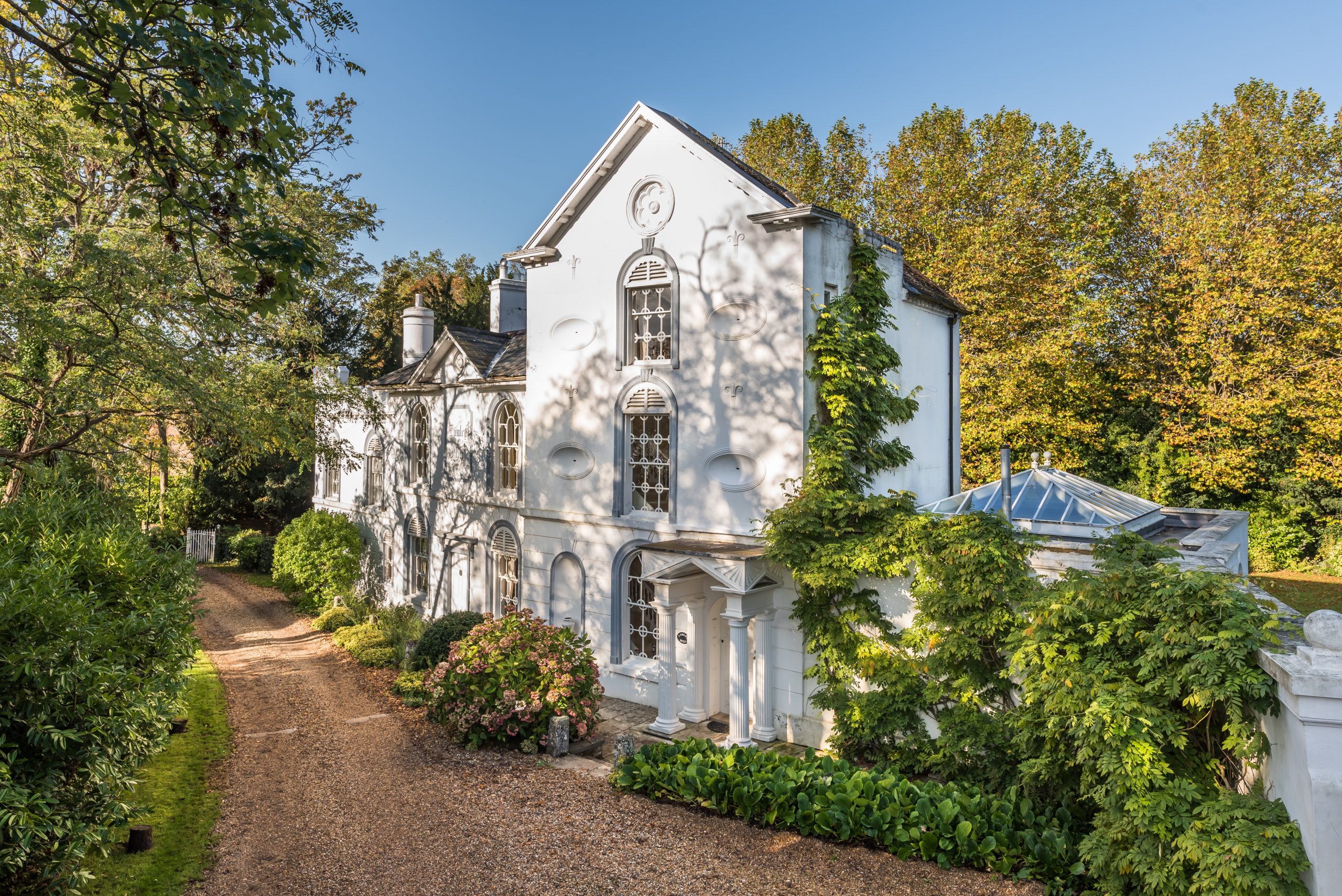

It will be a sad day for Laurance and Patricia Lafosse when they hand over the keys to imposing, Grade II*-listed Lumley Mill at Emsworth on the Hampshire/Sussex border, a charming small town set at the head of a channel in Chichester Harbour, between the South Downs and the sea.
For the past 47 years, the mill house, which they bought as an empty shell in 1972 and have painstakingly remodelled and refurbished over the years, has been their cherished family home and they are understandably reluctant to leave.
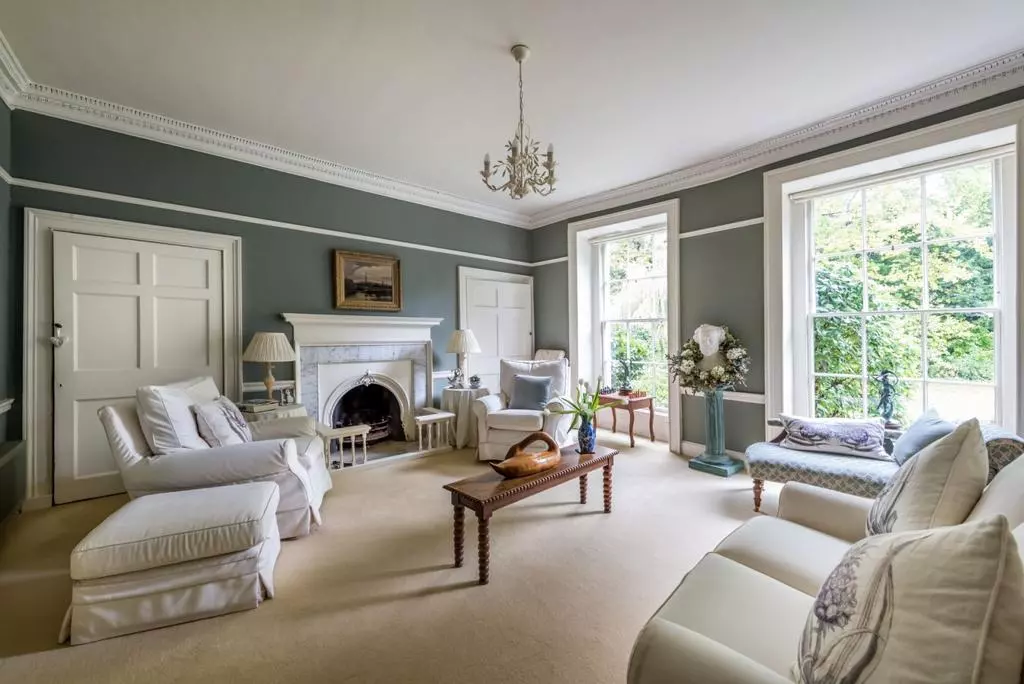
Mrs Lafosse, whose great joy has been the garden she re-created from a wilderness during their long period of ownership, is philosophical about the couple’s need to move: ‘With both of us now heading towards our eighties, a six-bedroom house with a large garden is too much to manage.
However, we won’t be going far, as we plan to move to a smaller house in nearby Westbourne, taking with us some wonderful family memories that include the weddings of all three daughters and holidays spent with our grandchildren, who happily ran wild in the garden with its tall trees, river and mill race.’
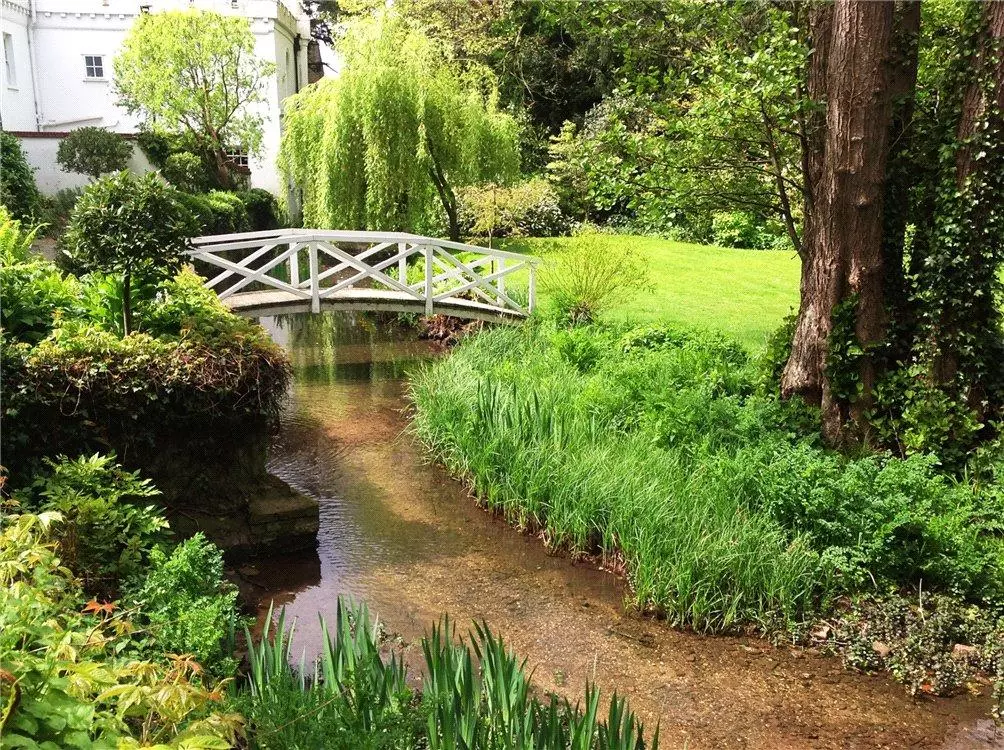
The delightfully quirky, early 19th-century house with its generous ceiling heights, well-proportioned rooms and large Georgian windows that give the whole property a light and airy feel, is now on the market through Knight Frank in Haslemere and Henry Adams in Emsworth at a guide price of £1.5 million.
The original Lumley Mill complex, powered by a mill race leading off the River Ems, was the most northerly of Emsworth’s mills, located halfway between the harbour town and the village of Westbourne. According to local records, it was built in 1760 on the Sussex bank of the town, as part of Lord Lumley’s substantial Stansted estate.
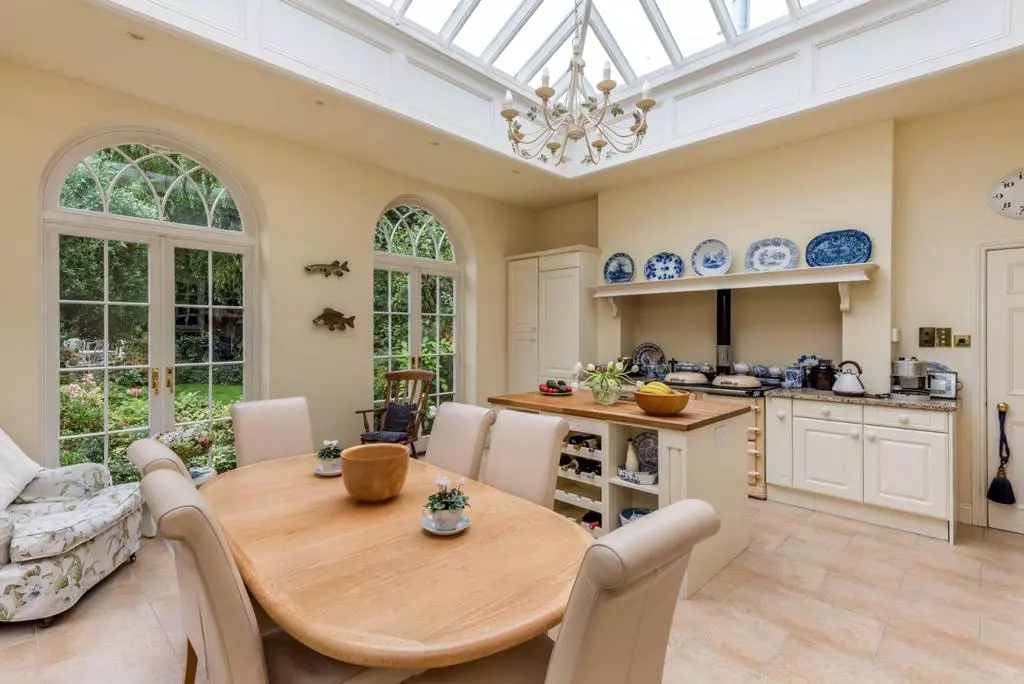
In 1802, on the eve of the Napoleonic Wars, Edward Tollervey, well known locally as ‘an astute and prosperous baker and miller from Portsmouth’, acquired Lumley Mill and set about building ‘a large pseudo-Gothic house, outbuildings and stores in which he installed ovens to bake bread and biscuits, and also erected pigsties’.
Sign up for the Country Life Newsletter
Exquisite houses, the beauty of Nature, and how to get the most from your life, straight to your inbox.
He secured lucrative contracts with the Admiralty and others to supply salt pork, bread, biscuits and flour for distribution to the 14,000 troops stationed at Portsmouth during wartime, as well as the local townsfolk. However, by the time the war ended, Tollervey had over-extended himself and was ultimately declared bankrupt.
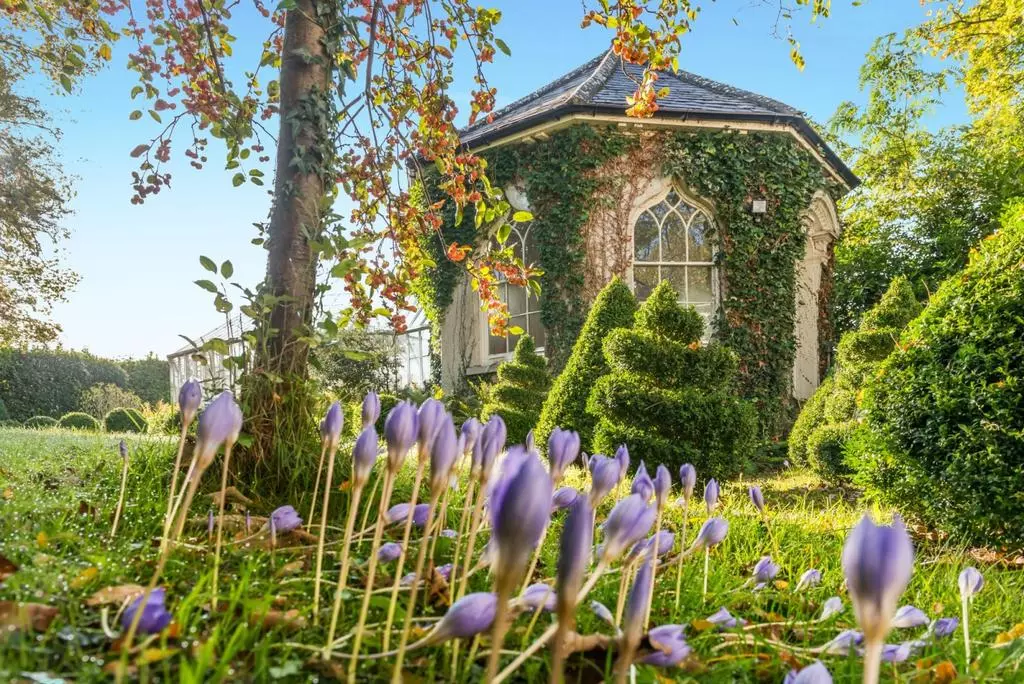
Lumley Mill saw its fortunes restored in the later 19th and early 20th centuries, when it was owned by successive generations of the Terry family: firstly, by James Terry, from 1860 until his death in 1906, and then by his nephew, Alfred, who sold it to a local farmer in 1915 before going off to fight in the First World War.
The mill complex burned down the same year, in seemingly unexplained circumstances, leaving only Tollervey’s landmark miller’s house, its front façade decorated with a curious fleur-de-lys design that suggests, some say, that French prisoners-of-war may have been involved in its construction.
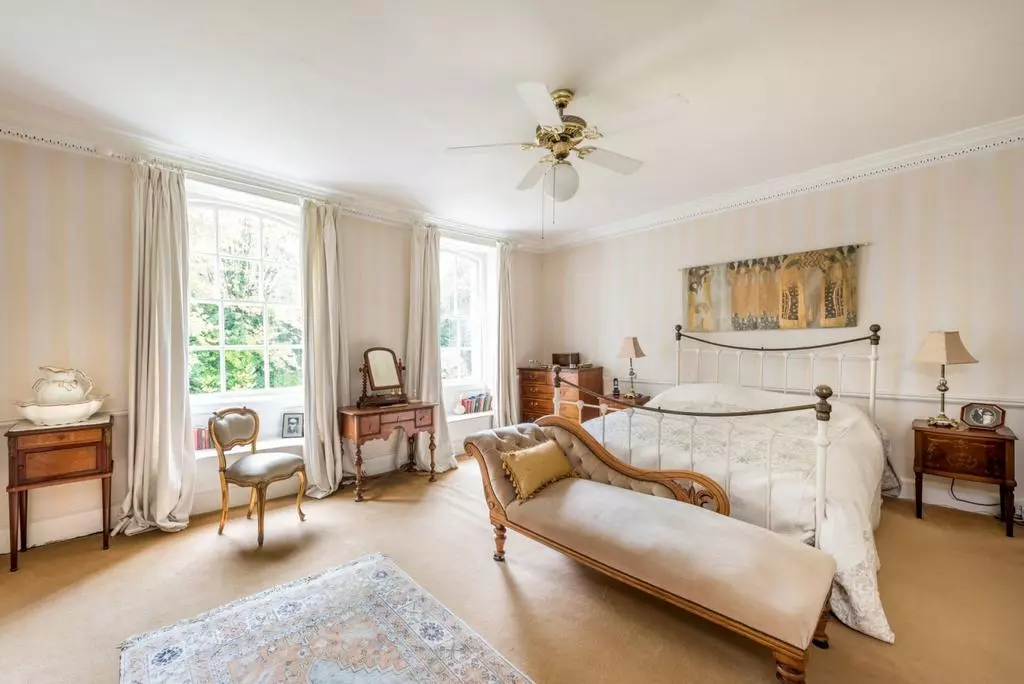
The main house and its adjoining south wing – known as the Toll House from the days when passing funerals had to pay to gain entry to the nearby cemetery – together provide 5,149sq ft of accommodation, comprising five reception rooms, six bedrooms, four bath/shower rooms and two kitchen/breakfast rooms in all.
The living space is currently split between the main house, which contains all the original reception rooms, plus a recent addition – a splendid Marston and Langinger orangery added in 2005 – and the Toll House (the former bake house) which nowadays operates as a separate, three-bedroom holiday let, but could easily be reintegrated with the rest of the main building.
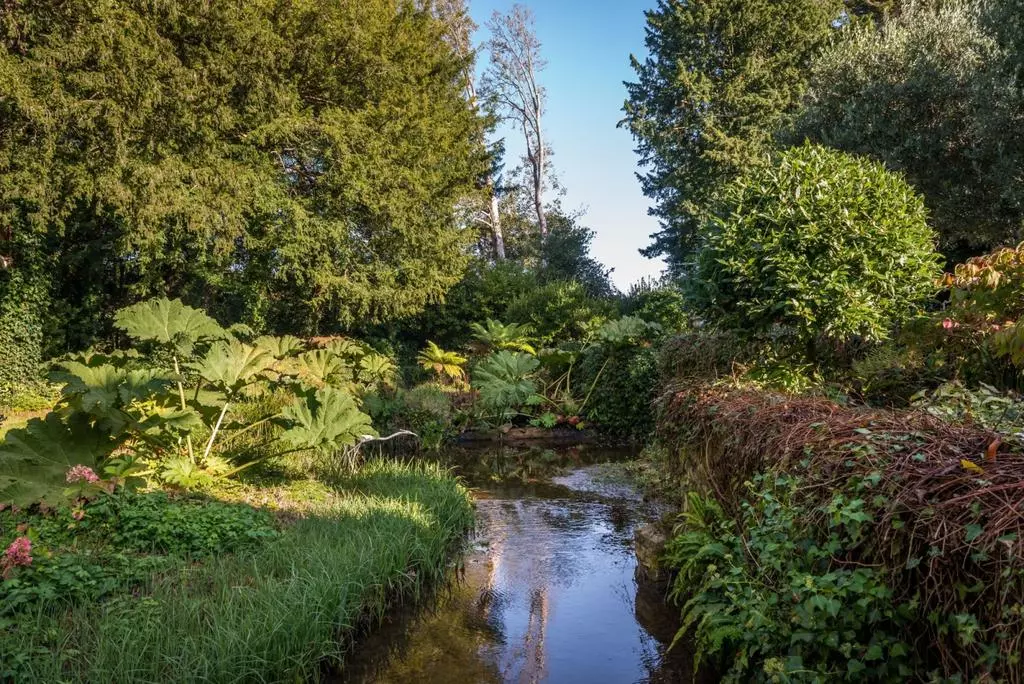
Outside, two linked octagonal buildings offer a further 1,059sq ft of useful space, in the shape of an artist’s studio and an adjoining greenhouse.
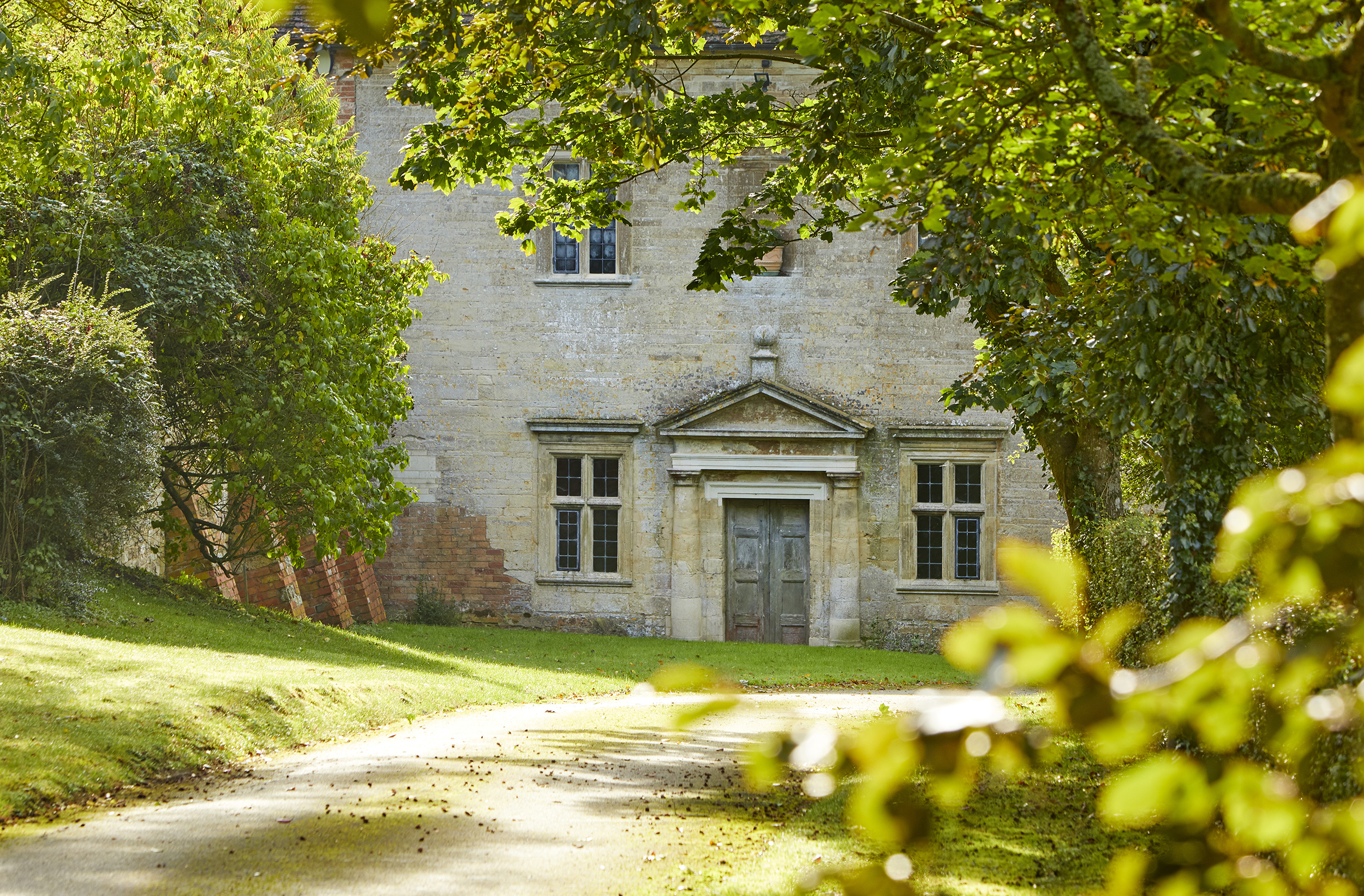
Credit: Ben Nicholson / Savills
A gloriously romantic old mill house, with its own lake and paddock
There's been a mill at this lake near Royal Leamington Spa for 400 years — and the house that it has
-
 New balls please: Eddie Redmayne, Anna Wintour and Laura Bailey on the sensory pleasures of playing tennis
New balls please: Eddie Redmayne, Anna Wintour and Laura Bailey on the sensory pleasures of playing tennisLittle beats the popping sound and rubbery smell of a new tube of tennis balls — even if you're a leading Hollywood actor.
By Deborah Nicholls-Lee Published
-
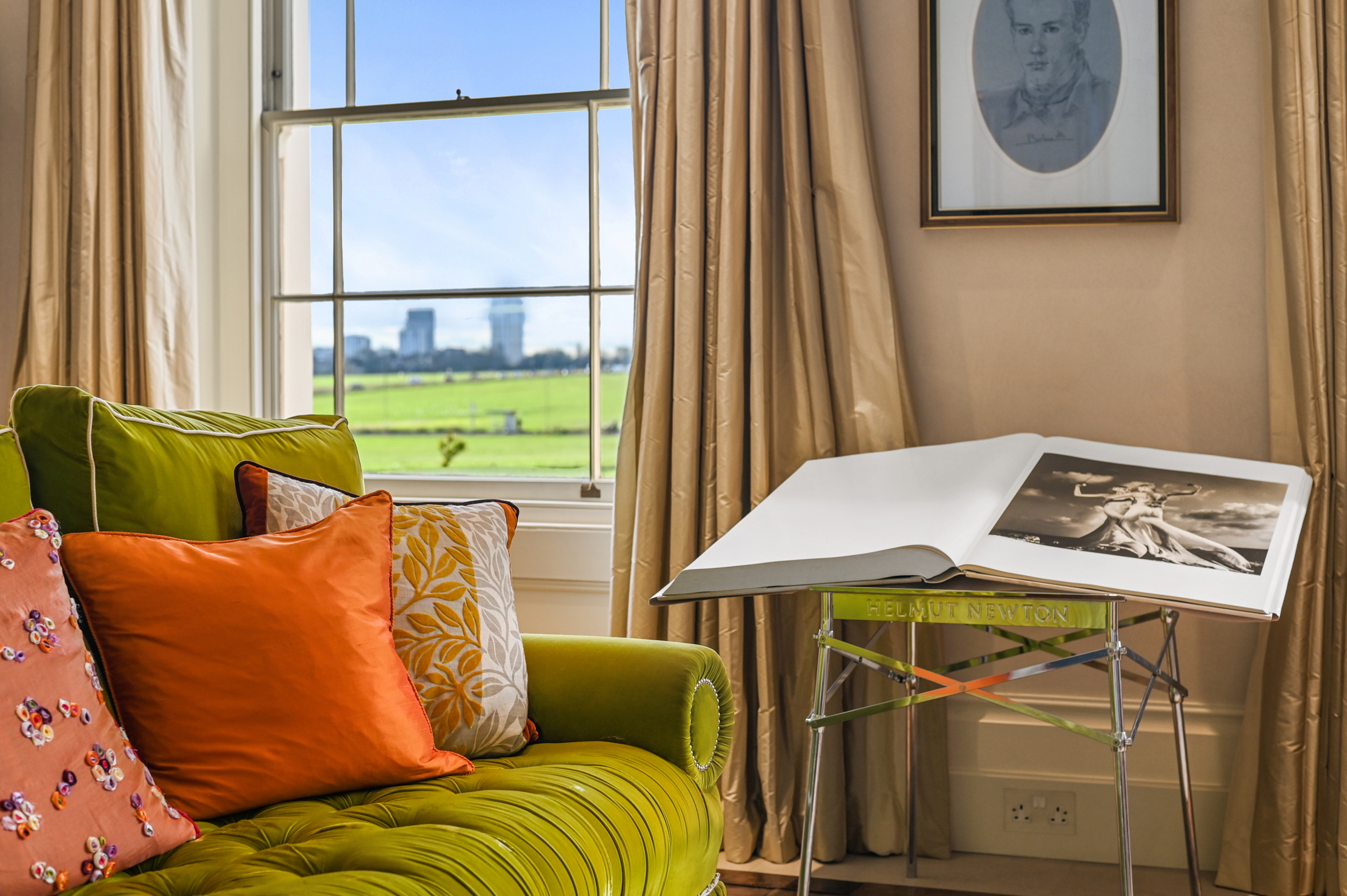 A rare opportunity to own a family home on Vanbrugh Terrace, one of London's finest streets
A rare opportunity to own a family home on Vanbrugh Terrace, one of London's finest streetsThis six-bedroom Victorian home sits right on the start line of the London Marathon, with easy access to Blackheath and Greenwich Park.
By James Fisher Published
-
 A rare opportunity to own a family home on Vanbrugh Terrace, one of London's finest streets
A rare opportunity to own a family home on Vanbrugh Terrace, one of London's finest streetsThis six-bedroom Victorian home sits right on the start line of the London Marathon, with easy access to Blackheath and Greenwich Park.
By James Fisher Published
-
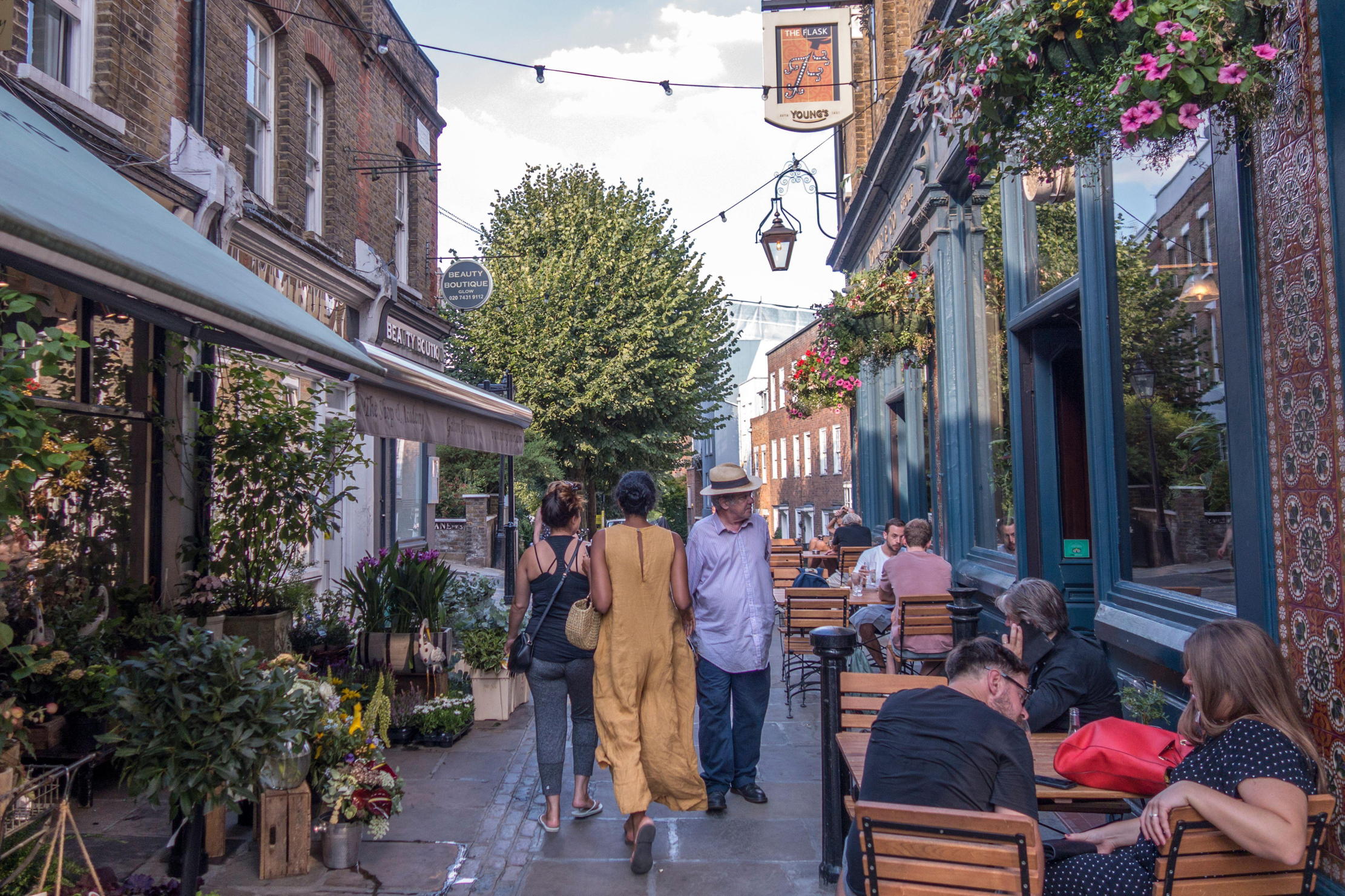 A day walking up and down the UK's most expensive street
A day walking up and down the UK's most expensive streetWinnington Road in Hampstead has an average house price of £11.9 million. But what's it really like? Lotte Brundle went to find out.
By Lotte Brundle Last updated
-
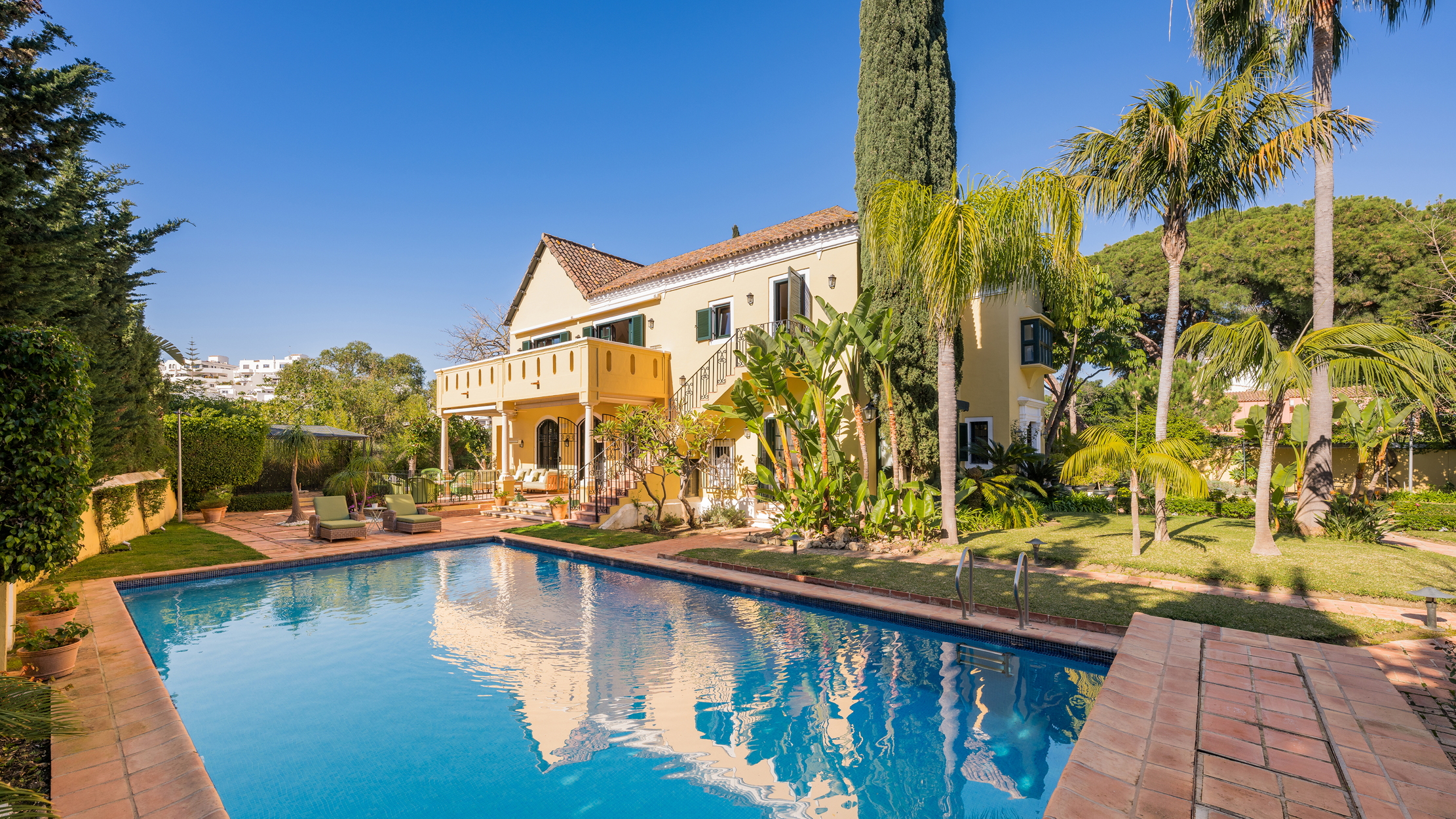 Damon Hill's former home in Marbella is the perfect place to slow down
Damon Hill's former home in Marbella is the perfect place to slow downThe glorious Andalusian-style villa is found within the Lomas de Marbella Club and just a short walk from the beach.
By James Fisher Published
-
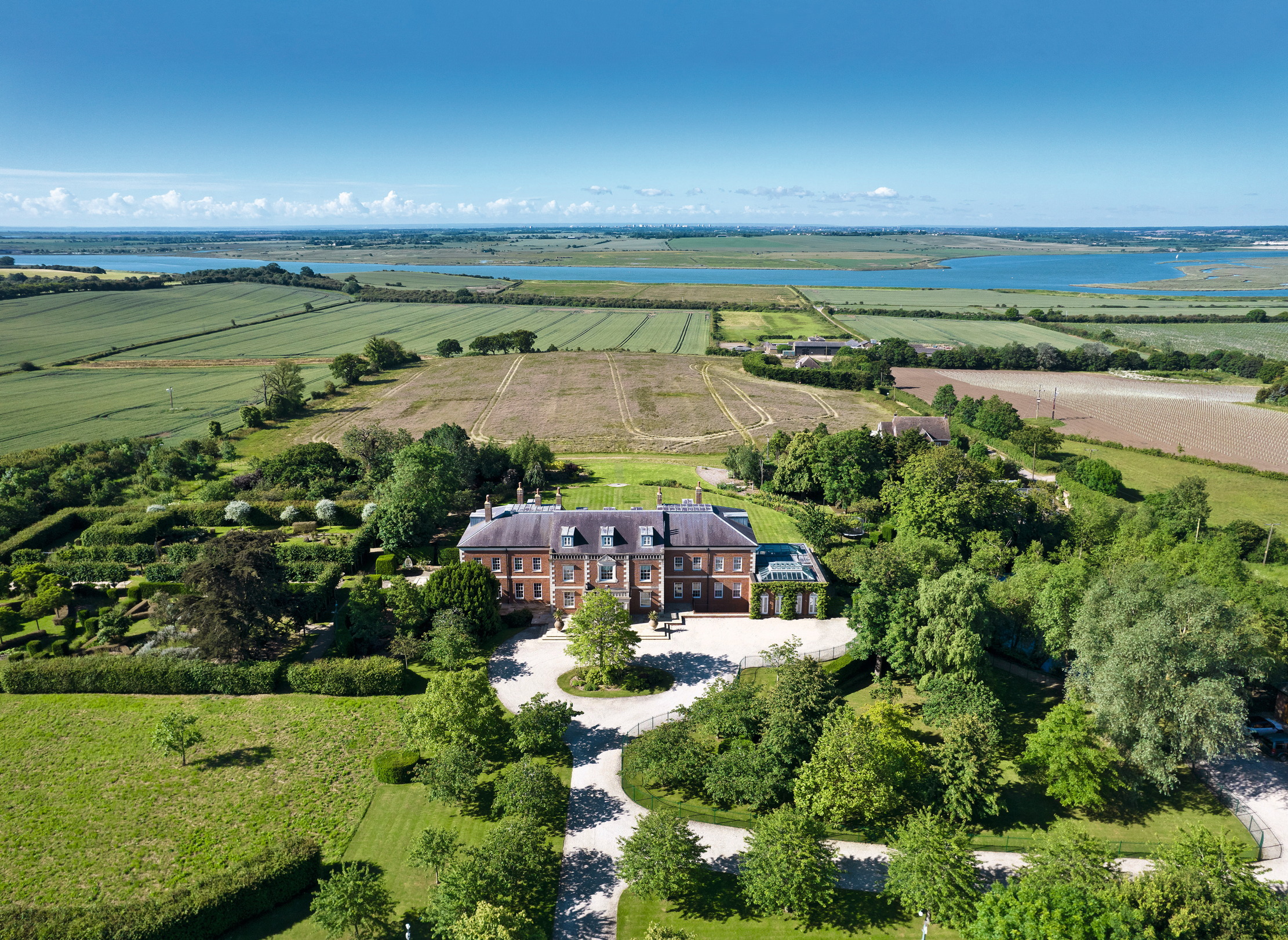 A 327-acre estate in the heart of 'England’s Côte d’Or', with a 26,000sq ft Georgian style home at its heart
A 327-acre estate in the heart of 'England’s Côte d’Or', with a 26,000sq ft Georgian style home at its heartStokes Hall in the Crouch Valley is an inspiring property looking for a new owner.
By Penny Churchill Published
-
 Schreiber House, 'the most significant London townhouse of the second half of the 20th century', is up for sale
Schreiber House, 'the most significant London townhouse of the second half of the 20th century', is up for saleThe five-bedroom Modernist masterpiece sits on the edge of Hampstead Heath.
By Lotte Brundle Published
-
 Is the 'race for space' officially over?
Is the 'race for space' officially over?During the lockdowns, many thought the countryside was the place to be. It seems many are now changing their minds.
By Annabel Dixon Last updated
-
 What's a 'wellness village' and will it tempt you back into the office?
What's a 'wellness village' and will it tempt you back into the office?The team behind London's first mixed-use ‘wellness village’ says it has the magic formula for tempting workers back into offices.
By Annunciata Elwes Published
-
 A mini estate in Kent that's so lovely it once featured in Simon Schama's 'History of Britain'
A mini estate in Kent that's so lovely it once featured in Simon Schama's 'History of Britain'The Paper Mill estate is a picture-postcard in the Garden of England.
By Penny Churchill Published
